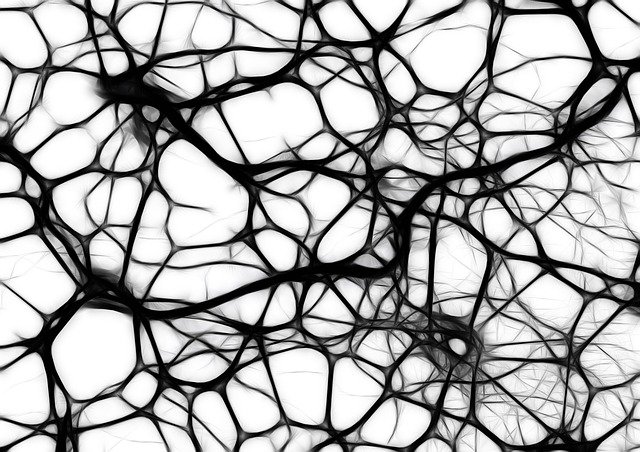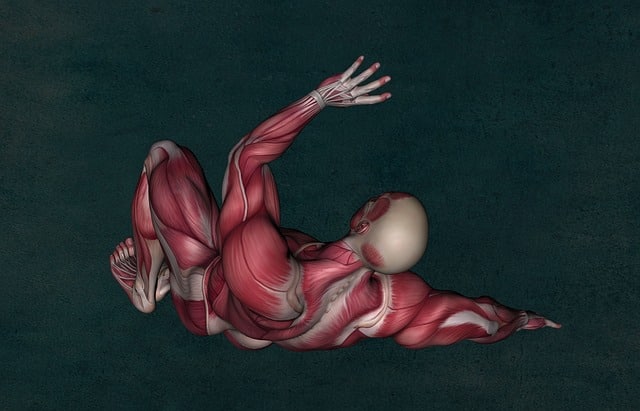
A cellular tissue is made up of cells that act in a coordinated manner to develop different functions.
The notion of fabric has multiple meanings: it can be a fabric or a product that was manufactured by weaving, to name a few possibilities. Cellular , for its part, is that linked to cells (the microscopic and fundamental unit that constitutes living beings).
A group of cells that share certain characteristics and that, acting together and in a coordinated manner, develop different functions in the body are known as cellular tissue . This definition of tissue is used in anatomy, zoology and botany.
Characteristics of cellular tissue
Cellular tissue is made up of cells that have a common embryogenesis . These cells are organized to form a tissue and develop physiological behavior. Animals (including humans ) and vascular plants are the only beings that have cellular tissues, although some experts also include brown algae in the group.
There are cellular tissues made up of a single type of cell, while others are made up of different types of cells that are arranged in an organized manner. The most evolved animals house more than one hundred different cellular tissues in their bodies .

Muscle tissue is a type of cellular tissue.
Differences between plants and animals
In plants, cellular tissues such as secretory , conductor , protective and supporting tissues, among others, can be detected. Each one develops different organic tasks.
In animals, on the other hand, we can differentiate between four major types of cellular tissues: muscle tissue , epithelial tissue , connective tissue and nervous tissue . Each set is further subdivided into other tissues ( blood tissue , bone tissue , etc.).
Muscle tissue, a type of cellular tissue
This cellular tissue is a set of contractile cells specialized to achieve mechanical work based on chemical energy , something possible through the interaction of myosin and actin (two contractile proteins).
Muscle tissue represents almost 45% of our mass and gives us the ability to move.
epithelial tissue
It is made up of one or more layers of cells that are interconnected and cover every free surface of our body. The epithelium, another way of referring to this cellular tissue, is the internal lining found in the ducts, hollow organs and cavities of the body.
Some types of epithelial tissue have certain protuberances known as cilia , used for the elimination of foreign substances.
Another type of cellular tissue: connective tissue
It is also known as connective tissue , and it is a series of tissues with the same origin, the embryonic mesenchyme, which arises from the mesoderm. Regarding its function within the body, this cellular tissue is responsible for providing systemic integration and support. In other words, it has a very important role in the separation or cohesion of the various tissue elements that make up the systems and organs, and in the same way it actively participates in the distribution of the neurovascular structures.
From a morphofunctional point of view, this type of cellular tissue distinguishes the following two groups: non-specialized connective tissues , which are also divided into loose (includes mucosal, reticular and mesenchymal tissue) and dense (both regular and irregular) ; specialized connective tissues , within which we find adipose, bone, cartilaginous, hematopoietic, lymphatic, blood and mucosal tissue.
nervous tissue
It is the union of billions of neurons and countless interconnections, formed by the neuronal communication system .
Thanks to their receptors, neurons are capable of perceiving a large number of stimuli of various kinds, such as thermal, mechanical or chemical, and converting them into impulses that are directed to the nervous centers and spread to more neurons to be processed and transmitted to the highest centers, where it is possible to begin a response.
